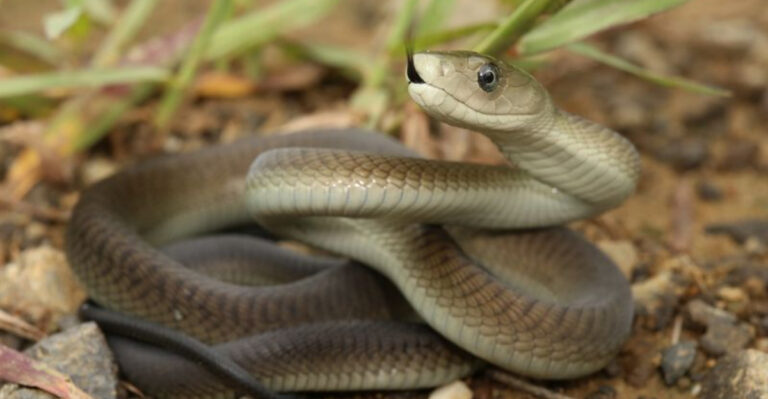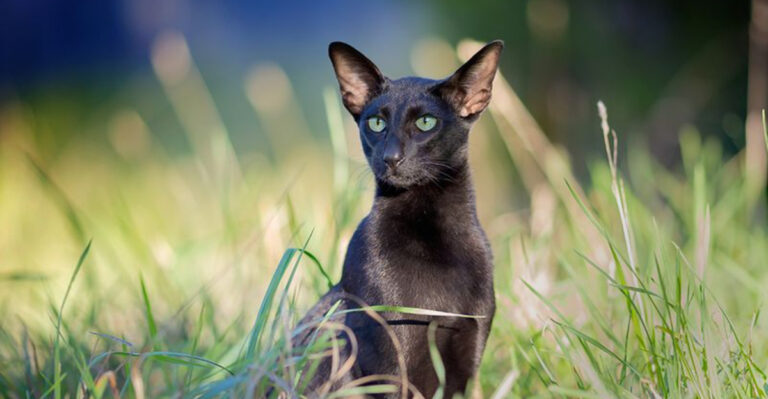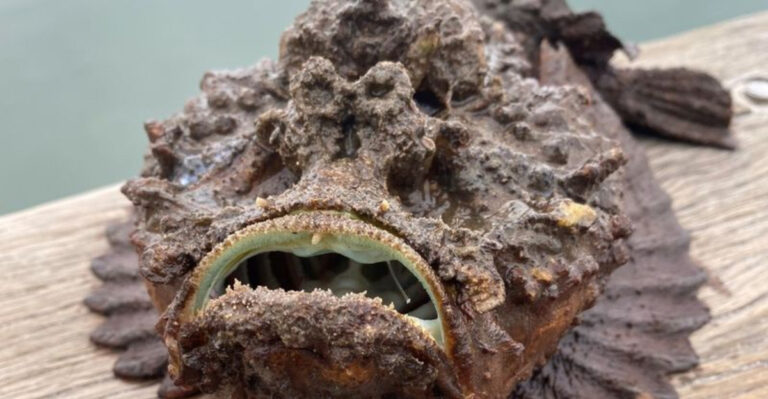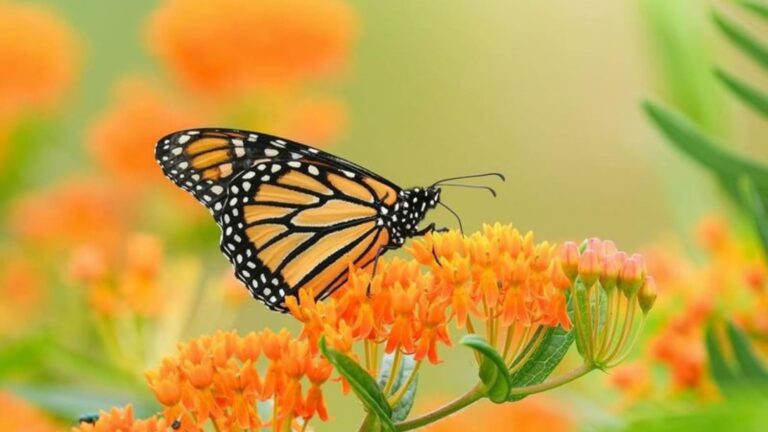Discover The 4 Largest Kangaroo Species
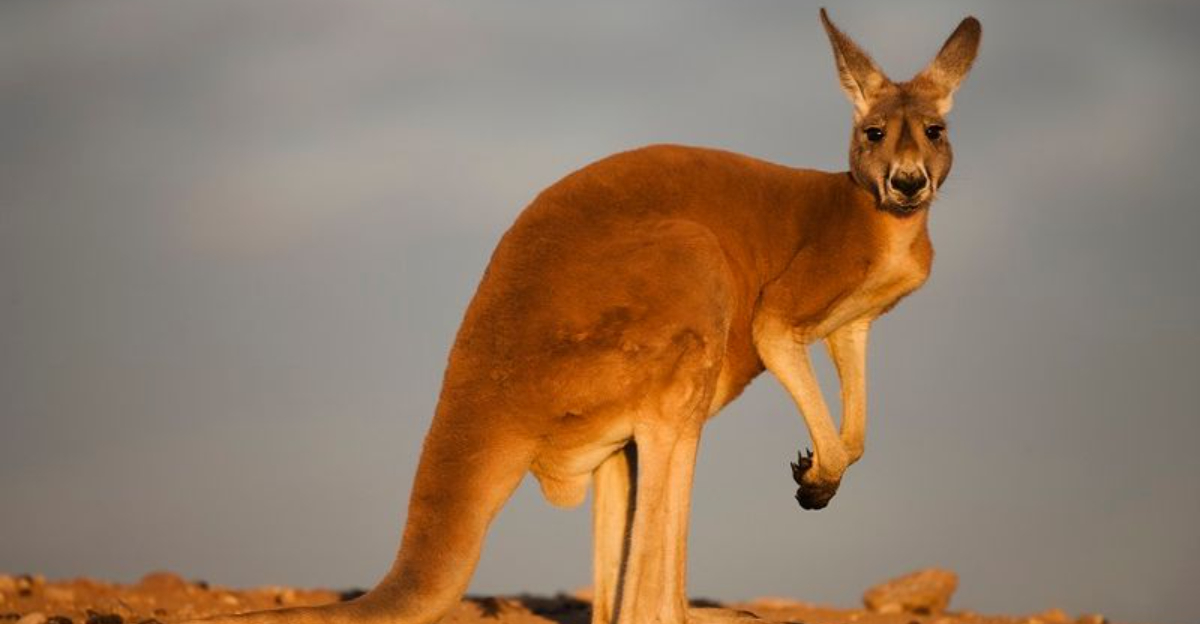
Ever wondered which bouncy marsupial towers above the rest? Australia’s iconic kangaroos come in several varieties, but some truly stand out from the crowd.
Let’s explore the fascinating world of the largest kangaroo species and discover what makes these remarkable creatures so special.
1. Red Kangaroo
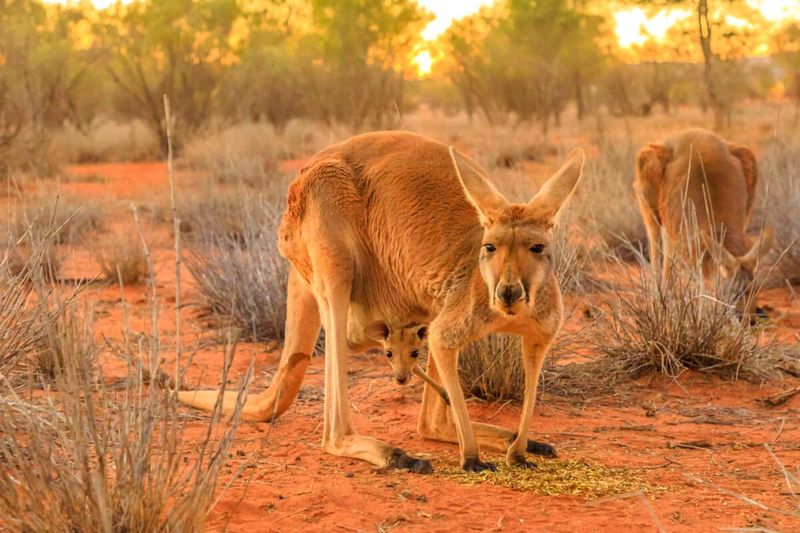
Standing tall as basketball players, these magnificent creatures can reach heights of 6 feet when upright! Males sport a rusty-red coat that gives them their name, while females wear a softer blue-gray.
They’re the undisputed giants of the kangaroo world, with males weighing up to 200 pounds.
2. Largest Marsupial In The World
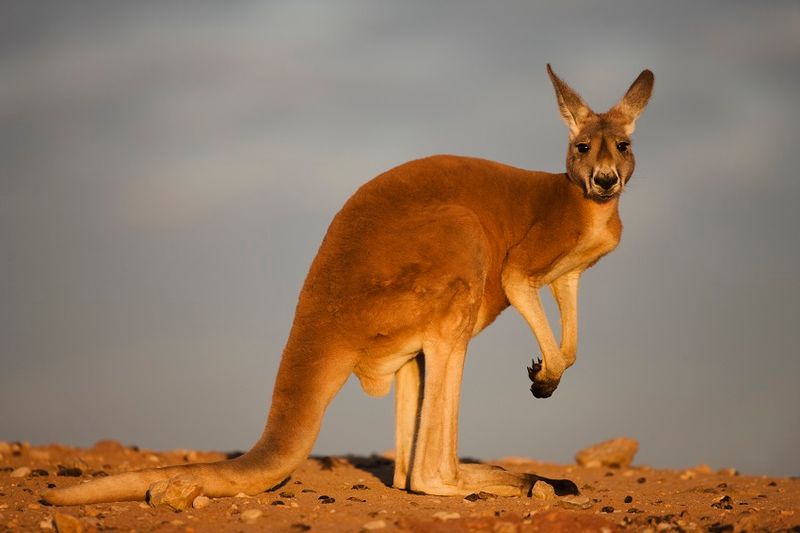
Move over koalas! Red kangaroos claim the title of world’s largest pouched mammal. Their impressive size evolved perfectly for Australia’s harsh outback conditions.
Despite their massive frames, these giants are surprisingly efficient water conservers, needing less liquid than similarly sized mammals from other continents.
3. Can Leap Over 25 Feet In A Single Bound

Imagine jumping the length of a classroom in one go! These powerful hoppers use their massive hind legs like natural springs, covering incredible distances effortlessly.
Their unique locomotion actually becomes more energy-efficient at higher speeds, making them the marathon champions of the animal kingdom.
4. Eastern Gray Kangaroo
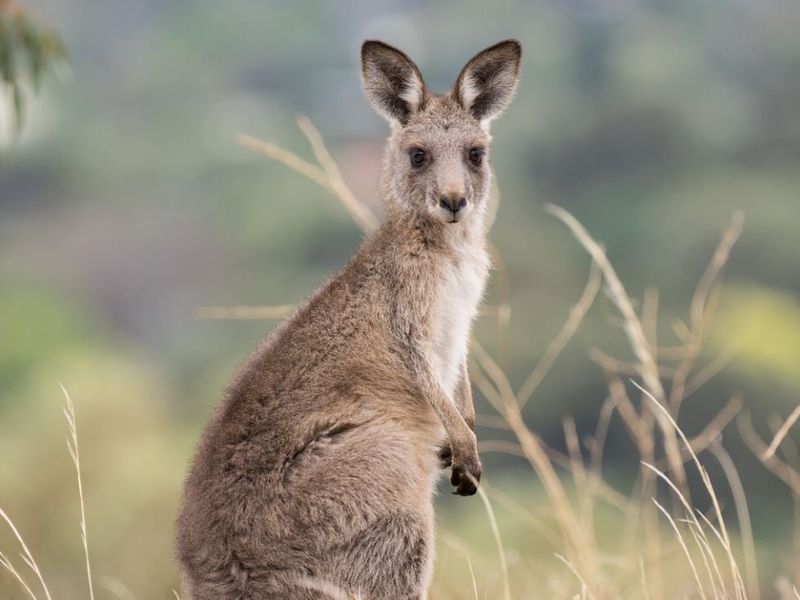
Runner-up in the size department, these silver-coated beauties still tower impressively at 5 feet tall. They’re often mistaken for their red cousins but have darker face markings and fluffier fur.
What they lack in size, they make up for in numbers, forming the most abundant large kangaroo population across eastern Australia.
5. Known For Its Speed And Graceful Movement
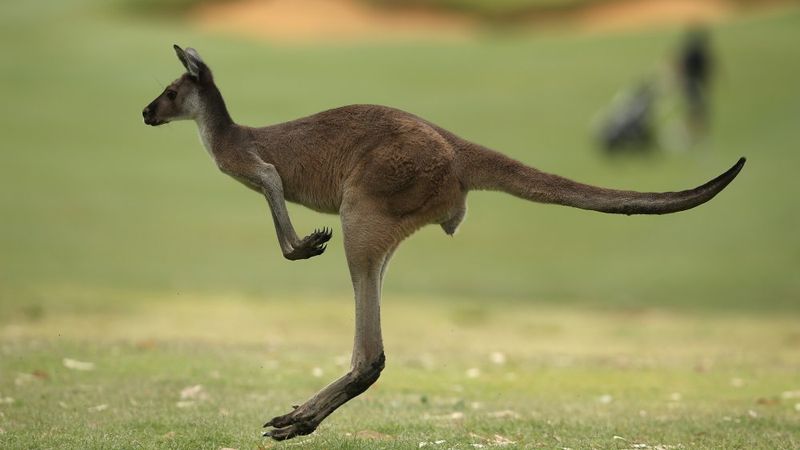
Watching these animals in motion is like witnessing natural poetry! Eastern Grays can hit speeds of 35 mph, leaving most predators in their dust.
Their tail acts as a crucial counterbalance during these high-speed chases, working like a rudder to help them make sharp turns without losing momentum.
6. Found In Forests And Open Grasslands
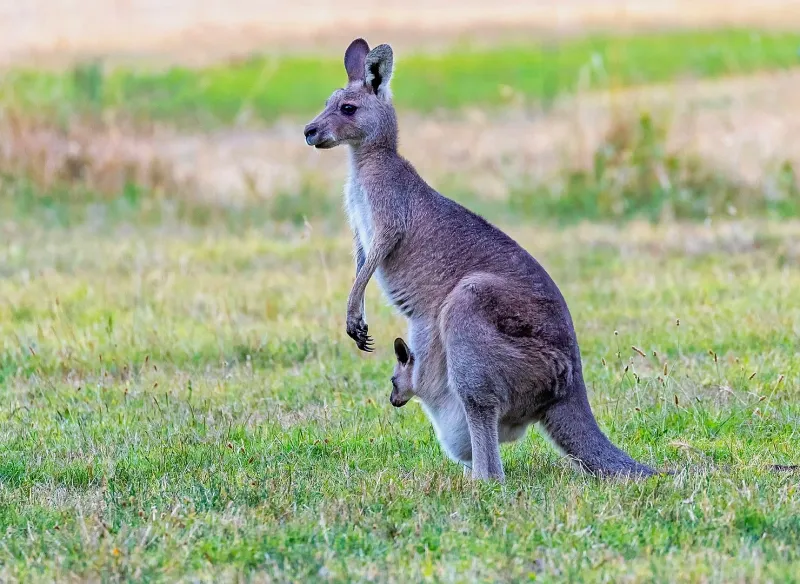
Unlike their desert-dwelling red relatives, Eastern Grays prefer the lusher side of Australia. Their adaptable nature lets them thrive anywhere with good grass coverage and some trees for shade.
These habitat generalists have actually benefited from human land clearing, expanding their range as forests became farmlands.
7. Western Gray Kangaroo
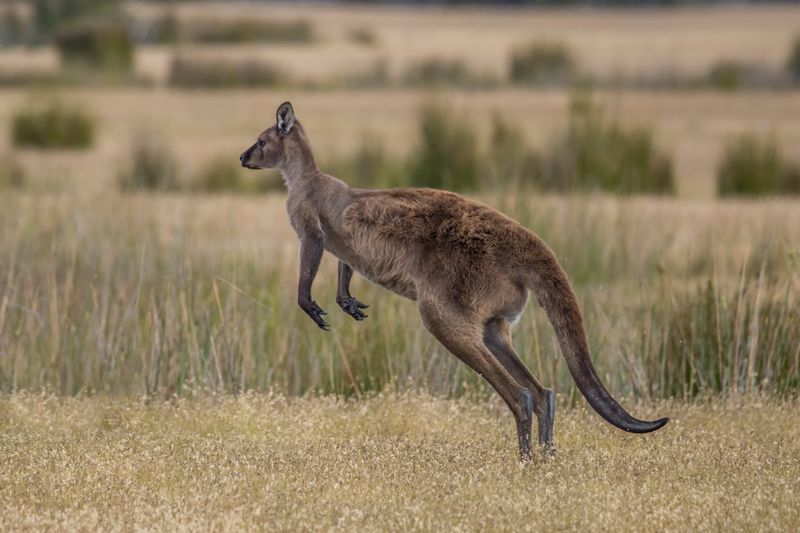
The chocolate-colored coat of these western wonders makes them stand out from their eastern relatives. Slightly smaller but equally impressive, they’ve mastered life in Australia’s southwestern regions.
Their darker coloration isn’t just for show – it provides better camouflage in the shadowy woodland areas they prefer to inhabit.
8. Stronger Odor Compared To Other Species

Talk about a powerful cologne! Male Western Grays produce a distinct curry-like scent that’s unmistakable to human noses. This potent perfume comes from specialized glands and serves as a communication tool.
The intensity increases during breeding season, helping females identify the strongest potential mates in the area.
9. Often Seen Grazing In Small Groups At Dusk
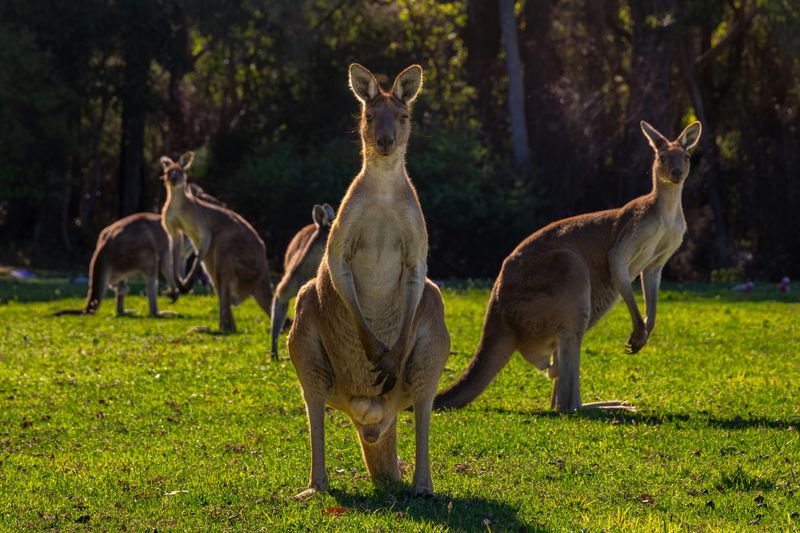
As the sun sets, these social creatures emerge for dinner. Western Grays gather in loose family groups called mobs, typically led by a dominant male.
Their twilight feeding habits help them avoid the scorching Australian heat while taking advantage of plants that release moisture in the cooler evening air.
10. Antilopine Kangaroo
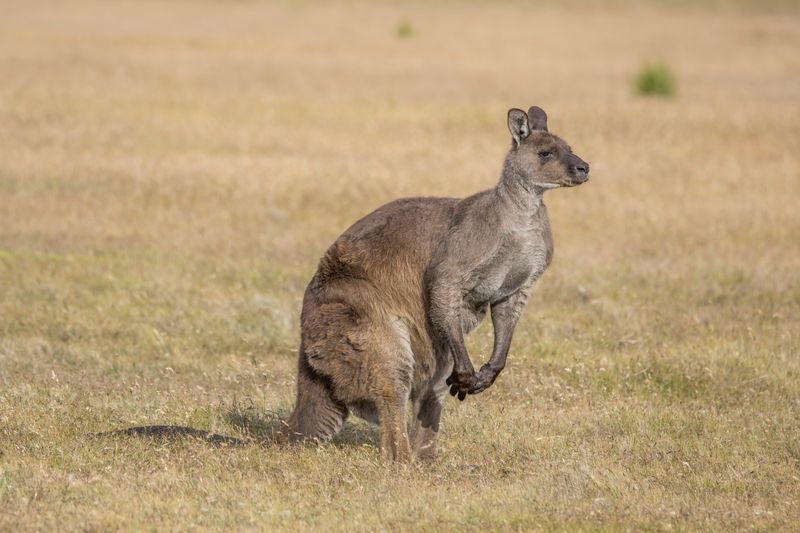
Named for their uncanny resemblance to antelopes, these northern specialists are the tropical heat experts of the kangaroo world. Their lean bodies and lighter coloration help them stay cool in humid conditions.
Though slightly smaller than their famous red cousins, they’re still impressive jumpers and can clear obstacles with remarkable grace.
11. Inhabits Northern Australia’s Tropical Woodlands
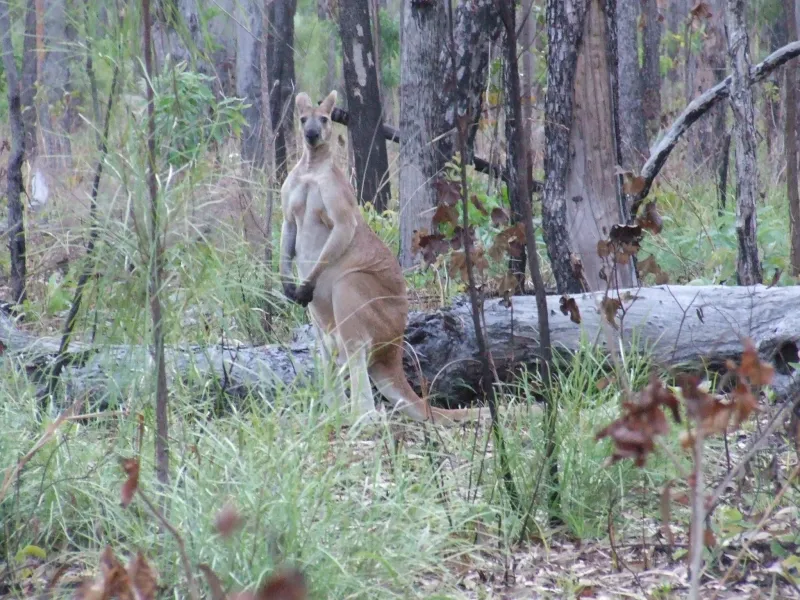
While other large kangaroo species avoid extreme heat, these tropical specialists embrace it! Antilopines thrive in monsoon-affected regions where temperatures regularly exceed 100°F.
Their unique adaptation to humidity sets them apart from their desert-dwelling relatives, making them masters of Australia’s challenging northern territories.
12. Slim Build And Deer-Like Appearance
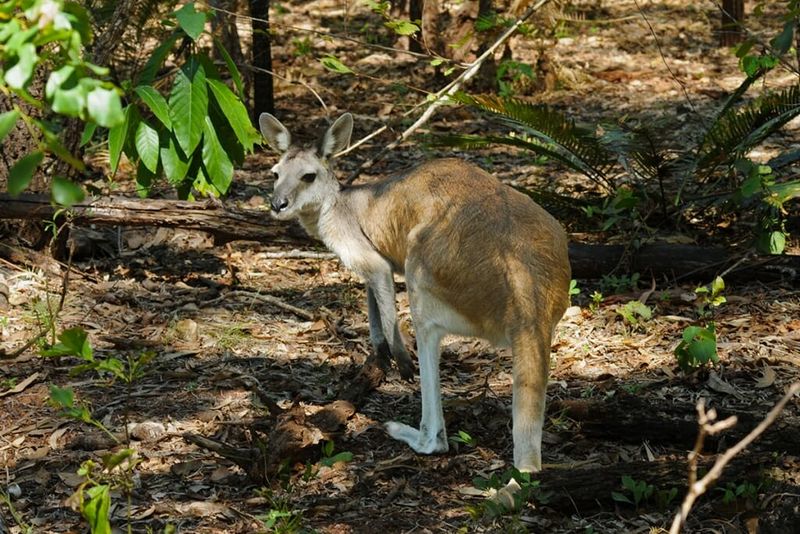
Mother Nature got creative with these elegant hoppers! Their refined features and delicate face structure earned them their scientific name, which literally means “antelope-like.”
The resemblance is more than skin-deep – they share similar grazing habits and social structures with antelopes, despite being separated by millions of years of evolution.

